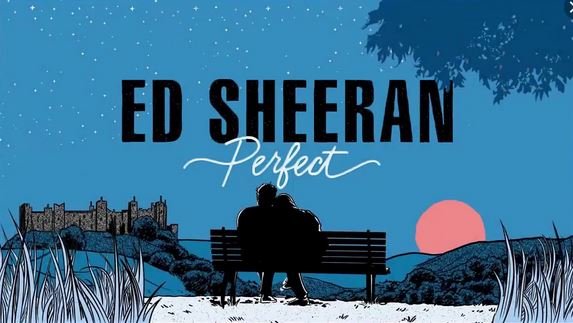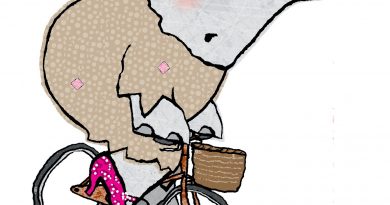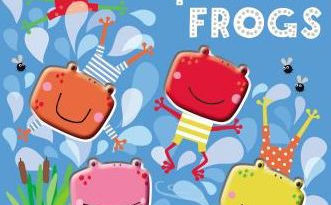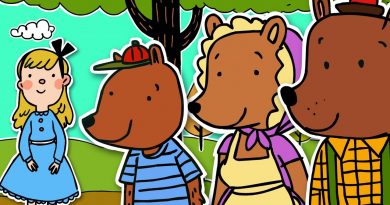Resources in the digital era. Using songs in the FL classroom to develop literacy skills
Using songs in the FL classroom to develop literacy skills
Source: https://www.youtube.com/watch?v=cLloxSDh_2g
Follow us: https://www.facebook.com/OposicionesInglesRP/
More about Road to your Post: oposicionesingles.com
Text extracted from: Programación y Unidades Didácticas. Método de elaboración y presentación oral.
shorturl.at/itFNV
3.5.3 Resources in the digital era.
If we bear in mind the ultimate FL teachers´ aim, the development of our students´ abilities to communicate in a FL in real-life scenarios, it seems reasonable to think that the materials and resources devised for the FL class should meet the needs of modern FL didactics; and therefore, be a valid medium to promote our students´ communicative competence.
One of the advantages of elaborating materials for the English class is that the amount of possibilities is almost limitless; the FL teacher may use a great deal of resources depending on his/her training, involvement and imagination. In this light, the last few years have witnessed a technological and digital revolution, involving teachers in the management of digital tools and applications to create personalised material with an undeniable motivating power for our digital-native students.
In modern FLT approaches, the contribution of materials to promote language acquisition and development is notorious. In what follows, we present some ideas on how ELT materials facilitate the FLL process (adapted from Tomlinson, 2008):
-They may provide a rich experience of different genres, text types, sociocultural knowledge and even be valid contextualisations to work on emotions, feelings and classroom management.
-They help grasping children´s attention through the use of attractive and appealing illustration, design and layout.
-There is a world of resources in the field of digital education to provide a rich and varied experience of language learning. This experience may even be a real linguistic interchange, as we shall see later on.
-Especially digital materials and resources provide the bases for autonomous learning; and lead learners to discover by themselves, which as we know is a hallmark of the constructivist approach.
This technological shift has brought about a twofold role of the teacher as searcher and organiser of resources (i.e. a YouTube video-story or already designed digital resources in platforms like Kahoot, amongst many others); and the creative role of designer of personalised and contextualised materials that meet both the needs of our students and the demands of modern FLT.
An appropriate selection goes through reflection on the characteristics that effective teaching materials for the English area should have.
As Crawford (2002) points out, language is as it is because of the purpose we put to it. For this reason, materials must contextualise the language they present. Therefore, language should emerge from the context in which it occurs. In this sense, effective materials should:
–Engage learners in purposeful use of the language, providing learners with reasons to do so, be realistic and “authentic”, exposing students to varied models of the English language, attract the students´ attention trough the power of images, sound and movement, provide enough support and scaffold for students to understand and progress according to their own paces and learning styles.
On the other hand, the types of activities related to authentic materials are varied:
Activities focused on sociocultural aspects, which involve the use of authentic products of the FL culture (i.e. lyrics, rhymes, symbols, images, etc.)
Listening/viewing activities, like adapting a real song, watching cartoons and stop to predict what comes next or devise simple dialogues and interactive simulations.
Moreover, authentic materials may provide real scenarios in which students get familiar to English through interaction, for example to use the introduction of a famous celebrity to prepare an interview to be role-played in the class; exchanging information to guess the flashcard they have on their heads, and so on.
There is a great deal of activities to be developed using technologies; from the creation of our own songs and music videos (possible apps: Dubmush, Videostar), interactive presentations with music and animations (Powtoon app); or even bring to life our monsters with augmented reality (apps: Chromville, Aurasma). We can also take part in certain projects, such as eTwinning program or Erasmus+, to meet other European children and share some experiences that enrich their sociocultural competence.
There are plenty of benefits in the use of digital learning environments; and we inevitably need to make references to the use of ICT due to its versatility and weight in updated trends in FLT. As an evidence of the impact of digital resources in daily teaching practice, in recent years concepts like…
blog.oposicionesingles.com
facebook.com/OposicionesInglesRP/
Twitter: https://www.facebook.com/OposicionesInglesRP
Instagram: https://www.instagram.com/oposiciones_ingles




